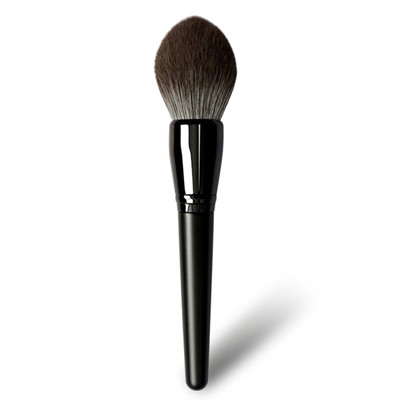Renaissance was an awakening period in history. There was much expansion in terms of exploration, technology, art and a general open mindedness among the populace. The same thing happened with makeup. There was a great revolution in this area too.
Makeup at this time was reserved for those of the upper class, including the then Queen Elizabeth I of England. The trendy look of the time mirrored the one she often portrayed: red hair and white face complimented by red cheeks and lips. This was extremely desirable by those who deemed themselves members of higher society in order to distinguish them from those lower classes who worked outside. Once you worked outside your skin was exposed to the elements and therefore you would have sun burned or tanned skin. The alabaster skin was a sign of wealth, good breeding and upward social mobility. It was essential for a young woman in need of a good husband to present this look as well as to stamp her place in society. This is the reason why Queen Elizabeth sported such an odd looking white face in her portraits.
The only way to achieve this porcelain finish was to use white makeup. Face paint had been made from plant roots and leaves to whiten the complexion. Mixing a strong concoction of ceruse which consisted of vinegar and poisonous white lead, the ladies of the day pasted this onto their faces, necks and chests. As if this were not dangerous enough, blood was drained from women’s bodies so that they could become naturally pale. The white makeup was useful in concealing signs of aging and women also rubbed the whites of eggs onto their faces to hide wrinkles. The egg whites also offered the face a shiny glazed look.
For the red cheeks, pricey dyes such as Cochineal were used to stain the otherwise white skin. Vermillion and madder were other ingredients of choice for the reddened cheeks and lips.
Kohl was used to darken the eyelashes. To give the eyes some artificial sparkle, drops of belladonna liquid were squeezed into the eyes.
Examining the makeup used by those of the Renaissance era, it is almost alarming the number of poisonous substances these women lavished into their skin. I believe we are all quite grateful for the advances in cosmetics and the regularization of the industry so that we today are no longer subjected to this particularly dangerous beauty regimen.







